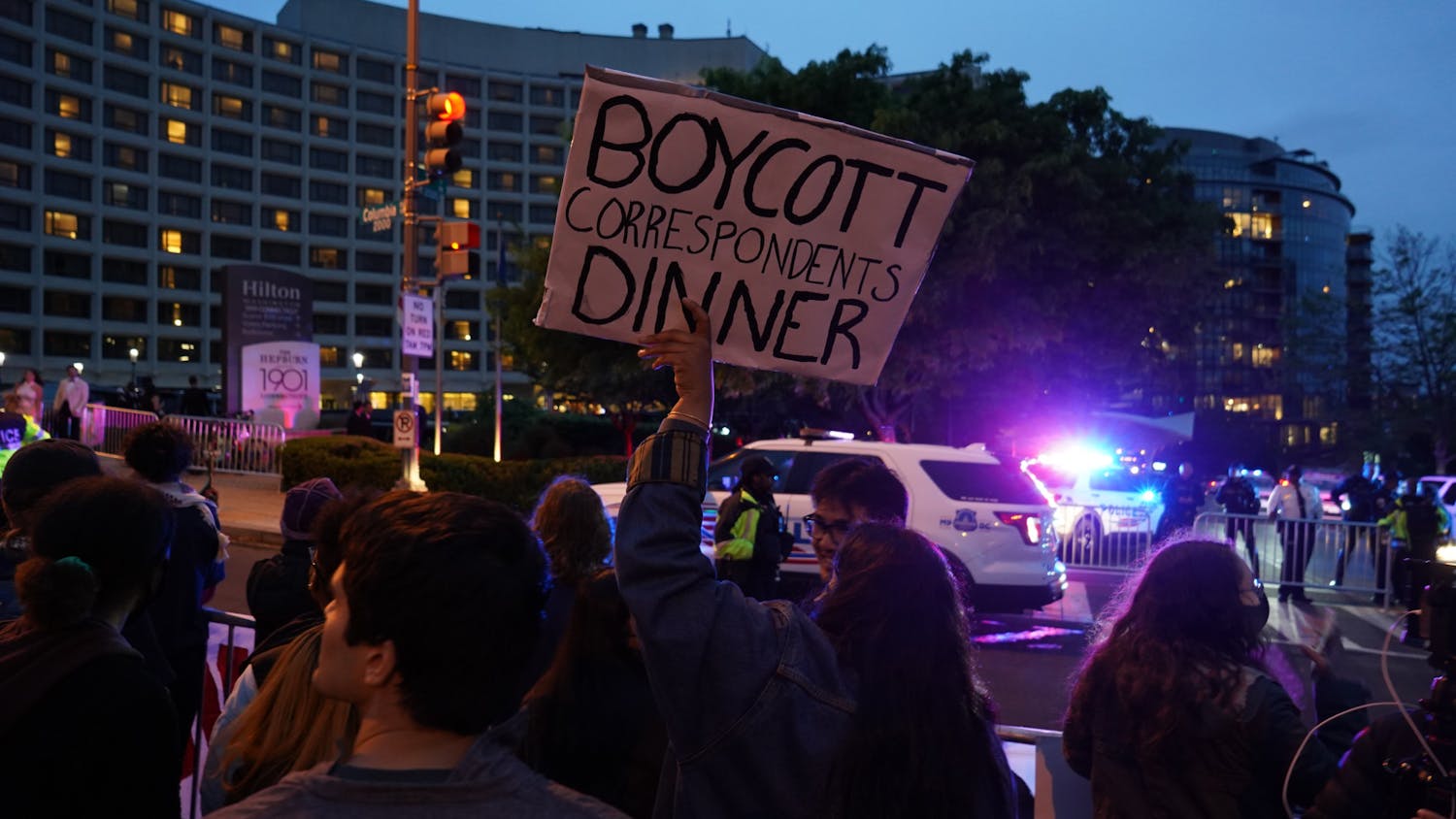The Metro is now offering real-time Metrorail information via the Internet and local railways will soon be adding a new security system proposed by the Department of Homeland Security, two changes that could affect AU students.
Real-time Metrorail information is already available on the Internet and to Internet-enabled wireless phones, such as Blackberries and Treos. Passengers can now access train arrival times before they even get to the station using their computers or these devices, according to Steven Taub, a Metro spokesman.
"It's simply another tool in the toolbox to make customer information more accessible," Taub said.
Liz Ardagna, a freshman in the School of International Service, said she sees a downside in the real-time service.
"I think [the real-time service] is convenient, but very few people will actually use it," she said.
Melissa Shaleen, a junior in SIS, said the new information would probably not affect her.
"I just go and wait ... maybe if I were going to work all the time on it it'd make a difference," she said.
Metro also plans to offer a similar service, called "NextBus," for Metrobus. This system would inform passengers when the next bus was arriving at any given stop. According to Taub, this project is still in the testing phase, and while "NextBus" information can be accessed on the Internet, it is not yet available on wireless devices.
"NextBus" is testing on lines 9A and 9E in Northern Virginia, F4 and F6 in suburban Maryland and the 90, 92 and 93 in D.C. Information is available on the Metro's Web site, www.wmata.com.
Taub said the cost of the new service to Metro is minimal.
"It is not an exorbitant amount of money since everything is being done internally by our own people," he said.
Also, the Department of Homeland Security formally submitted their proposal for a new security system on local railways to the National Capital Planning Commission (NCPC) in early September. The commission has approved the $10 million plan, which NCPC Project Review Officer Gene Keller said will establish an electronic and camera surveillance system along 8.1 miles of rail corridor, stretching from the Virginia shoreline to the Maryland boundary, with a spur extending up to Union Station.
The project intends to monitor for hazardous materials that could be transported into D.C. on both passenger and freight trains, he said.
Passenger trains are getting to be a higher target for terrorist activity, Keller said. He called the project "one step towards at least visually monitoring the corridor."
Shaleen, however, questioned the need for the surveillance.
"As a person who rides the Metro fairly often, I'm a little hesitant about it," she said. "I understand the threat and all, but at the same time I wonder what's going to be next."
Information from the surveillance system will be fed to both local law enforcement agencies and the rail operators, Keller said.




